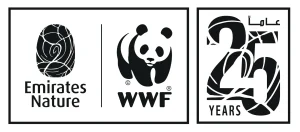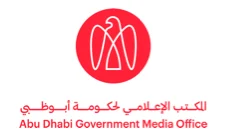
Quick Facts
Total area covered
Survival Rate
Reef Units Deployed
Increase in Fish Biomass
Target Coral Colonies
Annual Fish Yield Potential
How Abu Dhabi is Restoring Coral Reefs in the World's Warmest Sea
To restore the marine ecosystem, eco-friendly reef modules made of marine-safe materials are used. The modular approach creates the system that is scalable, replicable and deployable at various depths.These structures replicate natural coral formations, providing critical habitat for reef fish, invertebrates, crustaceans, and other key marine organisms.
The modules are seeded with heat-resilient coral fragments cultivated in nurseries. These corals are selected to thrive in the Arabian Gulf—one of the world’s warmest marine environments, where summer water temperatures regularly exceed 35°C.
Pilot phases from 2020–2023 showed 95% coral survival and 50%+ increase in fish biomass, demonstrating the project’s early success.
Which corals are Used?
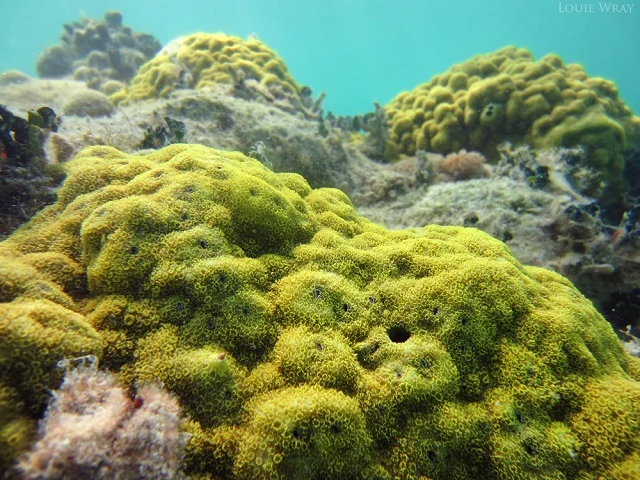
Porites
Resilient, slow-growing corals
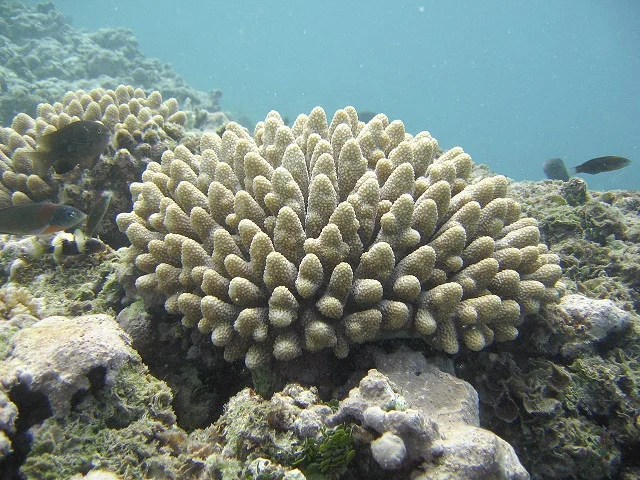
Acropora
Fast-growing, branching corals
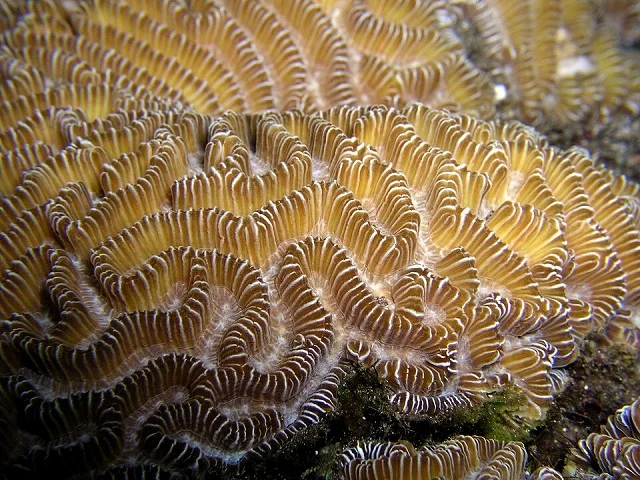
Platygyra
Brain corals important for reef structure
Biodiversity and Ecosystem Impact
Over 8 reef restoration sites across Abu Dhabi have already demonstrated major ecological benefits, including:
- Increased marine biodiversity
- Enhanced reef structure and complexity
- Creation of nursery and shelter habitats for juvenile species
- Strengthened coastal resilience against erosion and wave energy
These coral gardens are also acting as natural fish breeding grounds, boosting ecological productivity and food chain balance.
👉 Read more about how coral reefs contribute to increased biodiversity and coastal protection.
Visiting & Volunteering
where is the project
Coral garden initiative projects is located in Abu Dhabi’s coastal and offshore waters, especially near Al Dhafra Region.
Can we get involved?
The project is currently government-led, but long-term public engagement opportunities are expected. Citizen science diving, educational outreach, and volunteer marine activities may become available through project partners such as:
If you’re passionate about coral conservation in the UAE, stay tuned for potential ways to contribute or visit the reef areas via eco-tourism experiences in the future.
What's Next for Abu Dhabi's Coral Reefs?
Between now and 2030, the Environment Agency – Abu Dhabi plans to expand coral nurseries and include more diverse species. Use of AI-based reef monitoring and satellite technology to track reef health and marine life is a great opportunity to involve the latest tech. The restored sites should be designated as protected marine zones to preserve biodiversity. Let’s see how the project unfolds in the future.
👉 Marine protected areas (MPA) – learn about different level of protection. Read full story.
Learn More
🔗 Visit the official project page for full details:
👉 Abu Dhabi Coral Gardens Initiative – mediaoffice.abudhabi
Credits and atributions
Featured image – Photo by Gamze Teoman on Unsplash
Porites coral image – By Louis Wray – Own work, CC BY-SA 3.0,
Acropora coral image – By Andy Collins, NOAA – , Public Domain,
Platygyra coral image – By Nhobgood Nick Hobgood – Own work, CC BY-SA 3.0,

